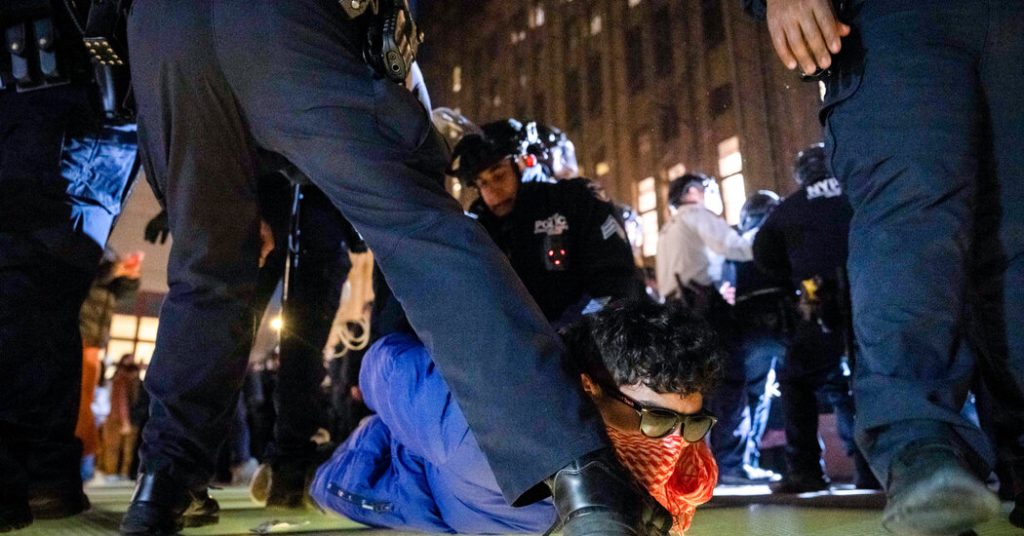Administrators at top universities in the United States are struggling to handle protests on their campuses related to the conflict in Gaza and Israel. The aftermath of protests at Columbia University had a ripple effect on other campuses, with similar encampments and demonstrations popping up across the country. Jewish students expressed concerns about safety and antisemitism, while administrators faced calls for resignations and backlash from donors and alumni. The protests showed no signs of stopping, with graduation ceremonies possibly becoming contentious events.
The protests began after a Hamas attack on Israel on Oct. 7 and escalated following the dismantling of an encampment at Columbia University. Administrators were criticized for resorting to harsh tactics, such as using police in riot gear to clear the campus. The crackdown only fueled more protests and heightened tensions on the campus, which then spread to other universities in different parts of the country. Students at various schools gathered in solidarity, demanding divestment from arms manufacturers and showing support for Palestine.
At Yale University, students were arrested after demanding divestment from arms manufacturers, leading to conflicts with university officials. The atmosphere became increasingly charged, with protesters refusing to back down even after the arrests. Harvard University closed down its campus to limit the possibility of protests, while other schools in the area, such as Emerson College and Massachusetts Institute of Technology, saw smaller-scale demonstrations. The protests were seen as a form of peaceful expression and an effort to promote debate on an important issue.
New York University also faced protests and student encampments, leading to confrontations between students and university officials. Police officers were called in to disperse the demonstrators, escalating tensions further. The university’s response to the protests raised questions about free speech and academic freedom on campus. While administrators tried to calm the situation and engage in discussions with protesters, the divide between the two sides seemed to be widening, with calls for the university president’s resignation mounting.
The protests highlighted the challenges faced by universities in addressing contentious issues, such as the conflict in Gaza and Israel. Students expressed their views through protests, while administrators grappled with maintaining order on their campuses. The events underscored the complex dynamics at play in academic institutions and the need for constructive dialogue and understanding among all stakeholders involved. As the protests continued, universities were forced to navigate difficult decisions and find ways to balance free expression with maintaining a safe and inclusive campus environment.
In the midst of the protests, tensions ran high as students, faculty members, administrators, donors, and alumni clashed over diverging views on the conflict in Gaza and Israel. The protests brought to the forefront issues of safety, academic freedom, and ideological differences within university communities. Despite the challenges and controversies surrounding the protests, they also served as a reminder of the power of student activism and the importance of engaging in meaningful dialogue to address complex and controversial topics. As universities grappled with the aftermath of the protests, questions lingered about how to move forward and bridge the divides that had emerged in the wake of the demonstrations.


